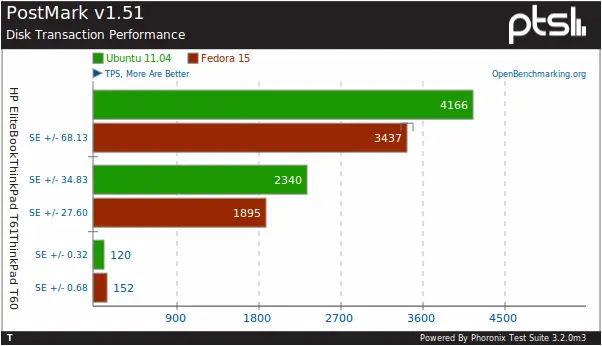Fedora Silverblue vs. Ubuntu: Immutable Desktop Showdown

In the realm of Linux-based operating systems, the concepts of immutability and flatpak containers have gained significant traction. They offer enhanced security, stability, and ease of maintenance for modern desktops. Two prominent distributions that embrace these principles are Fedora Silverblue and Ubuntu. This article delves into the key differences between these two immutable desktop titans, highlighting their unique strengths and potential limitations.

Core Assumptions and Design Philosophies

Fedora Silverblue adheres to a pure immutable approach, meaning the root filesystem is strictly read-only, ensuring stability and security. In contrast, Ubuntu employs a hybrid model, where the base system (including the kernel and other core components) remains immutable, but user data and applications are stored in a separate writable layer. This hybrid approach offers greater flexibility and customization options without compromising the core system’s stability.
Package Management and Updates
Fedora Silverblue uses flatpaks exclusively for software distribution. Flatpaks are self-contained containers that bundle the necessary applications, libraries, and dependencies, ensuring compatibility and sandboxing. Updates in Silverblue are atomic, meaning they either succeed or fail completely, rolling back any changes if necessary. Ubuntu embraces a traditional package management system based on apt, alongside the option to install flatpaks. While this approach is more familiar and flexible, it opens up potential for package conflicts and system instability.
User Interface and Customization
Fedora Silverblue provides a minimal GNOME desktop with limited customization options. The focus is primarily on stability and security, rather than aesthetics or personalization. Ubuntu offers a more traditional desktop experience with the GNOME or Unity interface, allowing users to customize their workspace according to their preferences.
Hardware Compatibility and Support
Both Fedora Silverblue and Ubuntu offer good hardware support, but their approaches differ. Silverblue prioritizes verified hardware that supports the immutable model, while Ubuntu supports a wider range of hardware, but with potential caveats for non-verified devices.
Target Audience
Fedora Silverblue is an excellent option for users seeking a highly secure and stable desktop that is easy to maintain. Its immutable nature makes it suitable for security-conscious users, system administrators, and developers who prioritize reliability. Ubuntu is more geared toward the general user base, providing a customizable and flexible desktop experience with a wider range of software options.
Conclusion
Fedora Silverblue and Ubuntu represent two distinct approaches to the immutable desktop concept. Silverblue offers an ultra-secure and stable platform at the cost of customization and hardware support, while Ubuntu strikes a balance between immutability and flexibility with a more traditional user experience. The choice between the two ultimately depends on specific needs and preferences. For those seeking maximum security and stability, Silverblue is a compelling option, whereas Ubuntu provides a more familiar and user-friendly desktop experience with greater customization options.

I wonder which immutable distro would be the choice for someone switching from a traditional distribution like Debian and why
Fedora Silverblue is a blessing! An operating system that just works, with an elegant, minimalist approach. I’ve never been so productive!
No thank you. I prefer the flexibility and control of a traditional distribution like Arch Linux. Immutable distros are too restrictive for my taste
The real question is, which immutable distro is the better base for a custom distro? Fedora Silverblue or NixOS?
Immutable distros are like the vegans of the Linux world: always trying to shove their dietary choices down our throats
Oh wow, another immutable distro comparison. How original
Why not just say ‘I want a system that doesn’t break’ and call it a day? Immutable distros: the lazy person’s choice
For mission critical systems, immutable distros make sense. But for general use, I’ll stick with something more flexible
Immutable distros are the future! They offer security, reliability, and a frustration-free experience. Everyone should switch
Immutable distros sound great in theory, but I wonder how they’ll hold up in the real world. Can they handle heavy workloads and complex software?
I’m torn. On one hand, I love the stability and security of immutable distros. On the other hand, I’m not sure I can live without the freedom to customize my system
Immutable distros are like a warm, cozy blanket on a cold winter night. They make me feel safe and secure
Immutable distros can go eat a bag of rocks. I need a system I can actually tweak and fix, not some locked-down fortress
Immutable distros have their pros and cons, but they’re definitely worth considering if you value stability and security over flexibility and customization